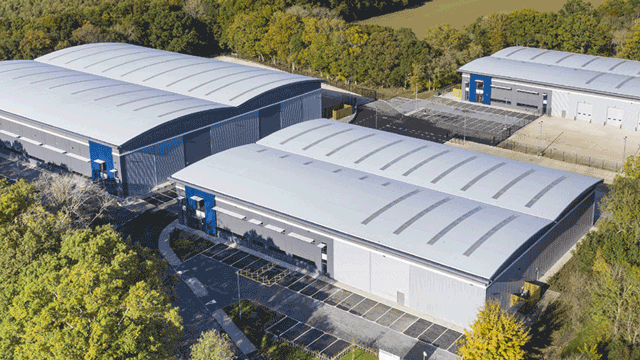Right to light – Section 3 of Prescription Act 1832 – Claimant’s land previously let on terms that reserved full right for landlord to build on adjoining land – Defendants owning adjoining land – Whether reservation in lease amounting to “consent or agreement” preventing prescriptive right to light from arising – Preliminary issue determined in favour of defendants
The claimant was the freeholder of an office building. The defendants owned the properties adjoining and across the road from the offices, namely a building and two car parks. All four properties had, until 1989, been owned by Liverpool City Council. In 1980, the council had granted a 99-year lease of the claimant’s building on terms that reserved to the landlord the “full and free right” at any time to “build rebuild and/or alter as they may think fit… any buildings or bays or projections to buildings on any land adjoining the demised property and/or on the opposite sides of the adjoining streets and access ways”.
In proceedings between the parties, an issue arose as to whether the claimant’s property had acquired a right to light by prescription or whether the terms of the 1980 lease, reserving to the landlord the right to build on adjoining land, prevented such a right from arising. It was common ground that the claimant’s building had enjoyed 20 years’ light between the date of construction and the date of registration of a light obstruction notice under the Rights of Light Act 1832. However, the defendants contended that, as a result of the reservation in the 1980 lease, the light had been enjoyed “by some consent or agreement expressly made or given for that purpose by deed or writing”, within the meaning of section 3 of the Prescription Act 1832, such as to prevent the right to light from being deemed absolute and indefeasible under that section. That matter was determined as a preliminary issue. The claimant contended that a consent or agreement for section 3 purposes had to refer expressly to light.
Held: The preliminary issue was determined in favour of the defendants.
It was not necessary for an agreement or consent for the purposes of section 3 to refer expressly to light or to provide that enjoyment of light was “permissive”. It would be sufficient if an agreement made it clear that the enjoyment of light was not absolute and indefeasible. A clause that dealt only with the position as it was at the time of the lease would not have that effect: it would merely prevent the creation of easements by express or implied grant, and would not prevent the subsequent acquisition of a right to light by prescription. What was needed was a clause that dealt with what might happen in the future. Whether a provision had the relevant effect was a question of interpretation of the clause in question. Once the clause had been interpreted, that interpretation would have been “expressly” agreed for section 3 purposes. A clause in a lease that authorised the landlord to build as it pleased was likely to satisfy the test.
The reservation upon which the defendants relied was intended to deal with the future. Its purpose and effect was to enable the landlords to build as they pleased on adjoining land. A right to build that could be thwarted by the assertion of a right to light would not be “full and free” within the meaning of the reservation, nor would it enable the landlords to build as they “may think fit”. Accordingly, the terms of the reservation made it clear that the tenant was not to have an absolute and indefeasible right to light, and operated as an “agreement or consent” for the purposes of section 3 so as to prevent the acquisition of prescriptive rights of light over the defendants’ land.
Stephen Bickford-Smith (instructed by Michael Conn Goldsobel) appeared for the claimant; Andrew Francis (instructed by DLA Piper UK LLP, of Manchester) appeared for the defendants.
Sally Dobson, barrister







